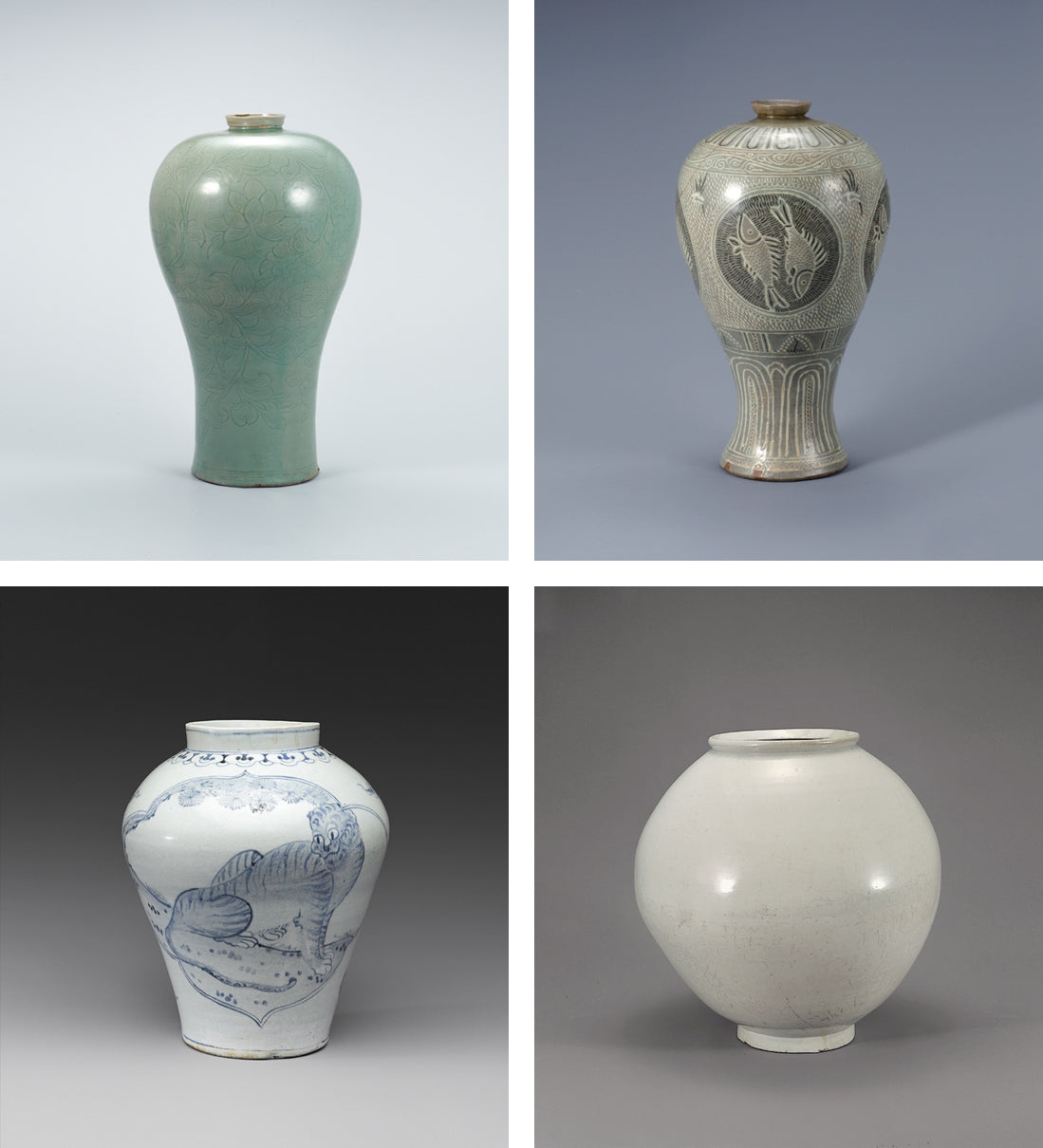[Korean traditional arts] Music, Dance, Painting, Pottery, Dramas
There are a variety of traditional arts in South Korea that can still be seen and enjoyed today. Thanks to the Korean people who are mastering these arts for many of us to enjoy. You can see them being performed in the country at special events and celebrated in exhibits around the world.
Korean dance
Based on Korean history, dances in Korea were formed as a part of shamanistic rituals, an impressive five thousand years ago. Over time and the different dynasties, varieties of folk dances have evolved from these ritualistic dances. There were more than 12 types of dances that were popular to perform in the court in front of royals, for example. Some of the most popular and common traditional dances, well-known even today, are as follows:
탈춤 (talchum) = a dance performed while wearing a mask가인전목단 (gainjeonmokdan) = a calm dance where a vase of flowers is placed at the center of the stage and the dancers will dance around the vase, picking out flowers from the vase
농악 (nongak) = an energetic dance including also drums
부채춤 (buchaechum) = a fan dance


Korean painting
Painting is a type of art that has been a part of Korean culture since prehistoric times. In its earliest form, it was a form of rock art, where images were created by carving out parts of a rock surface. Once Buddhism arrived in Korea, new painting techniques were introduced, quickly becoming the common and popular way to paint. This includes for example calligraphy.

Korean Pottery
The history of pottery and ceramics in Korea goes back thousands of years. The dominant ingredient to use and its style has changed over the dynasties (Goryeo dynasty to Joseon), ranging from coils and clay to pottery, to porcelain. Korean ceramics have also had a strong influence on shaping Japanese ceramics.

Korean music
Korean folk music is typically referred to as 판소리 (pansori), which has even been designated as an intangible cultural property by UNESCO. Pansori is performed by one singer and one drummer. Some pansori songs also include dancers and/or narrators. Another type of folk music is 풍물 (pungmul), which involves drumming, singing and dancing; it is traditionally called 농악, which has been mentioned above.
Besides folk music, Korean court music is another traditional form of Korean music. It was developed at the beginning of the Joseon Dynasty, getting some of its influences from Chinese court music. There are also similarities to Japanese and Vietnamese court music.
There are three types of court music. The first form is 아악 (aak), which was drawn directly from the Chinese, performed in state sacrificial rites, and still existing today as music performed in some Confucian ceremonies. The second form is 향악 (hyangak), which was created entirely by Koreans. 향악 was often accompanied by traditional country dances, with the dances being performed for an audience. The third one is 당악 (dangak), which mixes Chinese and Korean court music styles into one style. There are specific types of dances that go along with 당악.

Korean popular culture
Often referred to as “hallyu” or the Korean wave, the Korean popular culture is no longer only famous and popular in Korea, but becoming widespread across the globe. It mainly includes Korean pop music, dramas, and movies. In fact, although K-Pop, through acts like BTS, is a hot topic these days, it was originally Korean dramas that became famous to watch in other countries.
Korean dramas
Korean dramas differ from a lot of Western TV content, as they are typically only made to last for one season, with one overarching plot lasting 12 to 16 or so episodes. Historical stories and sitcoms may last longer, even up to 200 episodes, but the majority of prime-time television is set up this way. The dramas range between a variety of topics, from history and action to school and work life.
However, many of the most popular dramas have had a romantic story as their main element. Love stories on screen in Korea often play out quite differently from what is common in the West, with bedroom scenes and even deep kisses still remaining relatively rare to see. In the past few years, Korean dramas have also become more interested in tackling today’s societal issues, such as classism, mental health, bullying, spy cameras, corruption, and so on.


